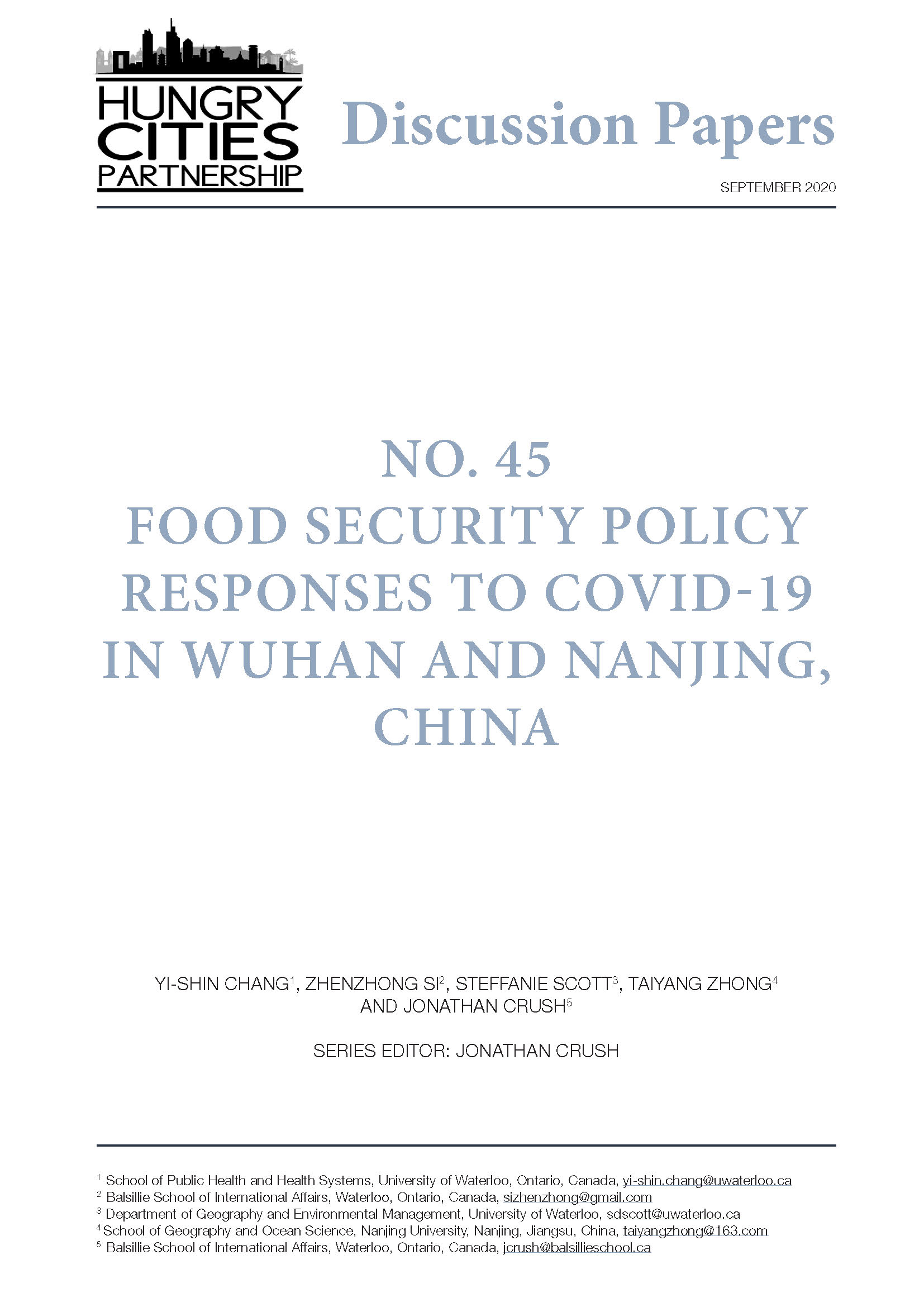After decades of famine and thousands of deaths caused by food shortages and starvation, China was able to achieve food security for the majority of its population through ensuring food availability. Despite this, during COVID-19, the government needed to heighten their responses to ensure food security and faced several challenges in doing so. This paper analyzes Chinese policies around food security during COVID-19 in two cities: Wuhan and Nanjing. The United Nations Food and Agriculture Organization’s definition of food security and the four pillars it identifies (availability, access, utilization, and stability) are used to provide a framework for this analysis. The study employs a policy analysis based on an inventory of over 400 documents varying from government policies to local blog posts. Aspects of food security in this analysis include agricultural production, transportation of food, stabilization of food prices, and the use of contactless methods in purchasing foods. Overall, the policies consistently emphasized the importance of collaboration across different levels of government. However, a major gap identified was the lack of focus policy responses on food access at a household level and food utilization. Key recommendations for future policy responses around food security include: ensuring consistency throughout all levels of government, strengthening existing set-ups such as national food reserves to leverage emergency responses, addressing the root causes of food insecurity by focusing on access at the household level, and promoting the importance of food utilization.

